When is it safe to clean up my yard this spring?
Spring garden cleanup that protects pollinators.

Bees, butterflies and other insect pollinators must spend the winter in sheltered locations to stay alive in northern climates. However, pollinators are a diverse group. They shelter through the winter in a variety of habitats and emerge on their own schedules. Planning spring cleanup to prevent harm to pollinators means learning about where they might be and when they might be moving to the next stage of their life cycle. In Michigan, some pollinators will emerge on the first warm sunny days of the year while others will remain in their winter shelters until June or July. This article will help you through spring cleanup by providing information about some major pollinator groups in Michigan, including where they might be and when you would see them. We will focus on pollinator protection, but the same principles apply to protecting other beneficial insects (i.e., predators of plant pests).
The importance of temperature
Insects are ectothermic, or cold-blooded, which means their bodies stay at nearly the same temperature as their surroundings. They do not produce their own internal body heat like mammals do to stay warm in the winter. Most insects allow their bodies to cool during the winter and enter a state of inactivity called diapause. During diapause, their biological clocks slow down or stop entirely. If an insect enters diapause at a particular stage in their life cycle, they will stay at that stage until warm temperatures return.
Growing degree days
Using the concept of growing degree days (GDDs), we can use daily minimum and maximum temperatures to predict the spring progression of insects through their life cycles. To do this, all you need to know is the GDD requirements for the species you are interested in, and the number of GDDs that have accumulated for your location. Accumulated GDDs are often reported by local weather or news agencies, but you can also find them on Michigan State University Extension’s network of weather stations called Enviroweather using the GDD tool.
More difficult to find are the GDD requirements of many insect species. This information must be determined through research and observation by dedicated scientists, and it has been gathered for only a tiny fraction of the insect species that occur in Michigan. GDDs are also used for timing pest management options. Check this link for GDDs for important insects in the landscape and garden.
In the table below, you will find some examples for insects in Michigan where we have good estimates of the number of GDDs required for them to reach particular stages of their development. View a more extensive list for Michigan.
|
GDD accumulation necessary to achieve the stage (starting March 1)* |
||||
|---|---|---|---|---|
|
Insect |
Egg |
Larva |
Pupa |
Adult |
|
Codling moth1 |
300 |
550 |
No data |
200 |
|
No data |
450 |
No data |
170 |
|
|
Popillia japonica2 |
No data |
No data |
No data |
950 |
|
Eastern tent caterpilar2 |
No data |
45-100 |
450 |
No data |
|
Canadian tiger swallowtail3 |
No data |
No data |
No data |
83 |
|
Black swallowtail3 |
No data |
No data |
No data |
54 |
*Growing degree days calculated using a 50-degrees Fahrenheit base temperature and a March 1 starting date.
1 Source: enviroweather.msu.edu
2 Source: https://www.canr.msu.edu/ipm/agriculture/christmas_trees/gdd_of_landscape_insects
3 Source: Perkins, O.A. 2007. Using degree-day methodology to ascertain early flight periods of Michigan butterflies and skippers. The Great Lakes Entomologist. Vol 40 (3 and 4) Article 2.
Other environmental cues
For most predictive purposes, temperature is a very useful indicator of spring emergence, but it is not the only factor that determines when insects enter or leave diapause. Insects can use the hours of sunlight (daylength) or other environmental cues to coordinate their emergence with food or mates. Emergence can be sped up or slowed down by temperature, but a species’ life cycle is relatively fixed and they will not emerge at a dramatically different time just because of extreme temperature variations for brief periods in the spring.
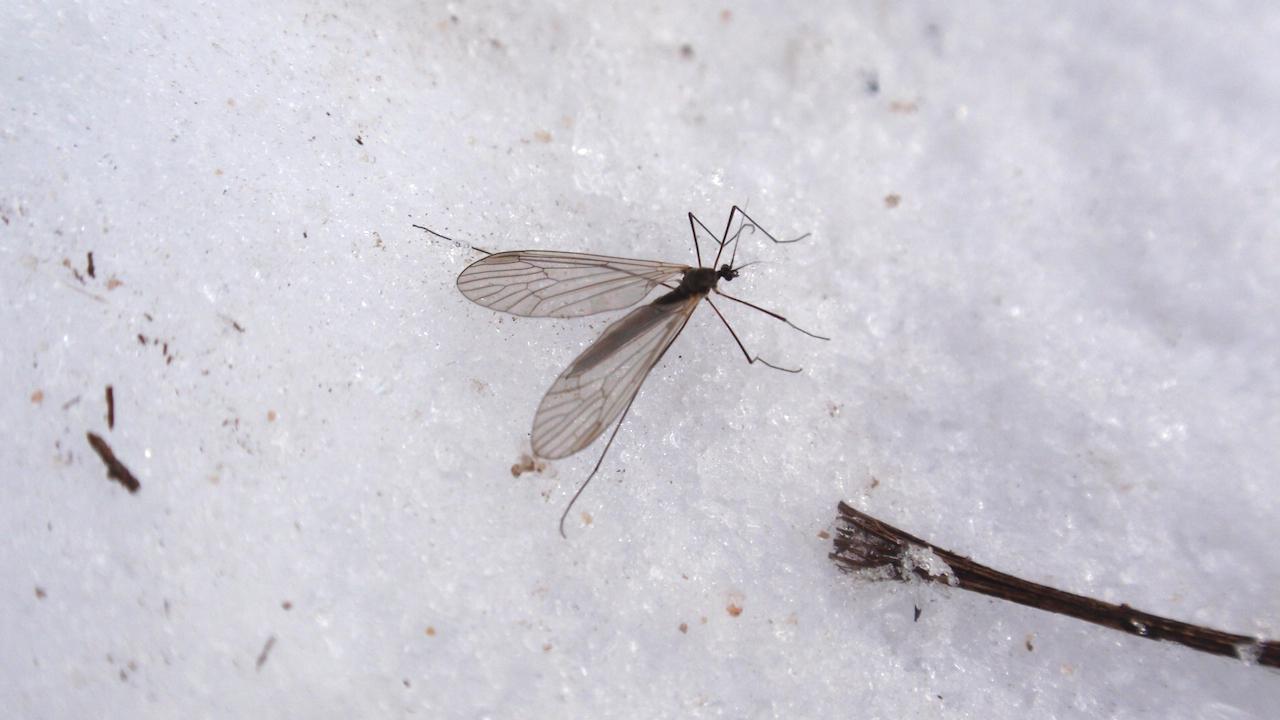
Insect overwintering life stages
Getting through the winter in Michigan is hard, even if you are a cold-blooded invertebrate. During the growing season, insects progress through their life cycles in stages that sometimes involve a drastic transformation (metamorphosis). An example would be when a caterpillar enters the chrysalis (pupa) stage and emerges as a butterfly. Other insects pass through the transition from immature to adult more gradually and early stages (nymphs) simply resemble miniaturized versions of the adult.
Regardless of the type of life cycle, insects that survive Michigan winters must prepare for cold temperatures. This means that they pass through winter in a specific stage that is physiologically prepared for sub-zero temperatures. If they don’t reach that stage by the time winter arrives, they won’t survive until spring.
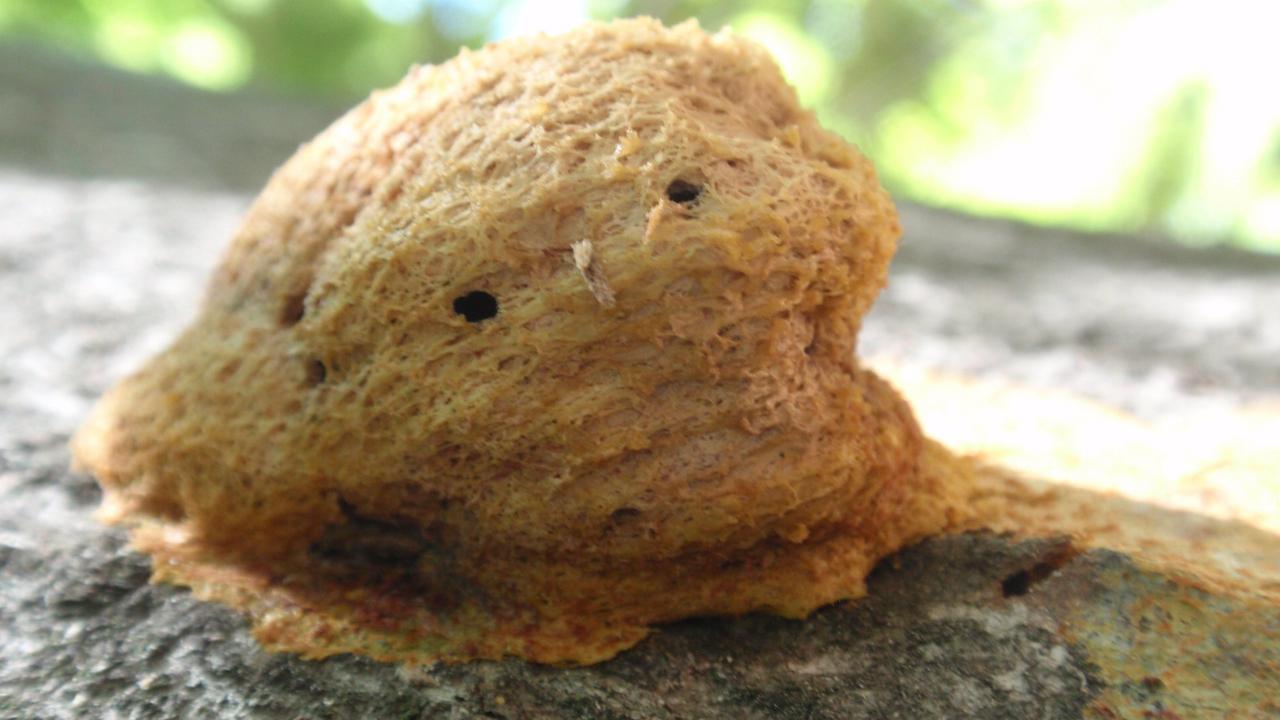
Egg
In the winter, insect eggs can be found attached to a variety of surfaces. They can sometimes be protected in an ootheca, such as the one produced by mantises (order Mantodea). Insect eggs can overwinter as single eggs or as a mass of eggs attached to persistent plant parts such as woody stems. Other species lay eggs near the soil surface at the base of a food plant or even deep within the soil. Insects that spend the Michigan winter in the egg stage include coral hairstreak butterflies (Satyrium titus), spongy moth (Lymantria dispar) and western corn rootworm (Diabrotica virgifera virgifera).
A woolly bear caterpillar (Pyrrharctia isabella) crawling over snow during a Michigan March. These caterpillars are able to absorb and retain heat from the sun, which allows them to be active at low temperatures in late winter. Video by Nate Walton, MSU Extension.
Immature nymph/larva
Some insects overwinter in an immature stage known as a nymph or a larva. These immature life stages cease development until spring when environmental conditions trigger them to continue their path to adulthood. Immature stages cannot fly and they don’t have the ability to reproduce. In some cases, overwintering immatures enter a wandering phase in the spring as temperatures warm. During the wandering phase, they leave their overwintering shelter and seek food and/or a different sheltered location to enter metamorphosis and become an adult. A few examples of insects that overwinter as immatures are assassin bugs in the genus Zelus, the banded woolly bear (also known as Isabella tiger moth, Pyrrharctia isabella) and codling moth (Cydia pomonella).
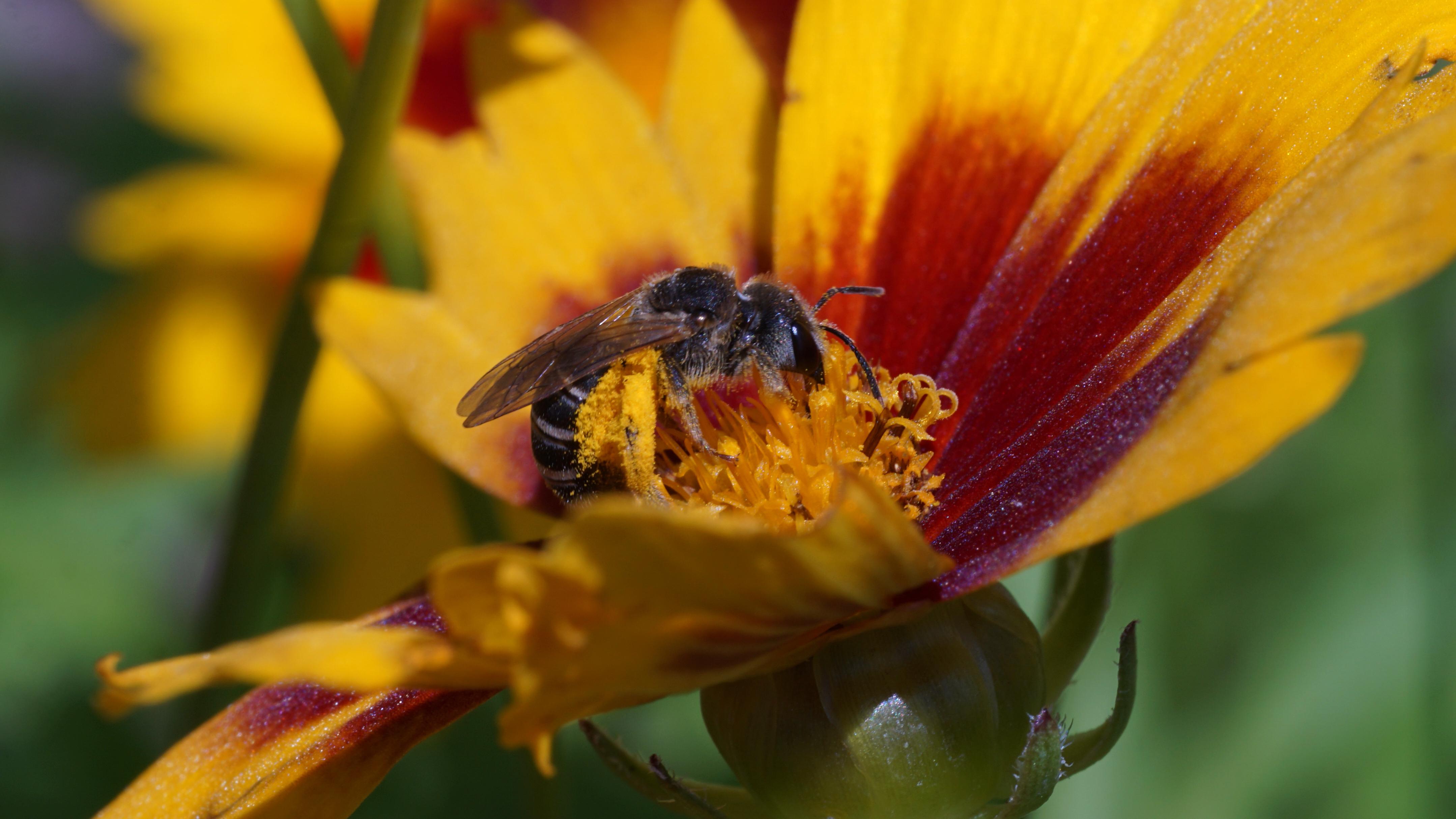
Pupa
In the spring, insects that overwinter as pupae take a little extra time to finish development and transition to adulthood. Our native bees that emerge later in the summer, e.g., leafcutter bees (family Megachilidae), overwinter in a special stage called a prepupa. Lacewings (Chrysopidae and Hemerobiidae), black swallowtail butterflies (Papilio polyxenes asterius Stoll) and sphinx moths (Sphingidae) are examples of other Michigan insects that spend the winter as pupae.
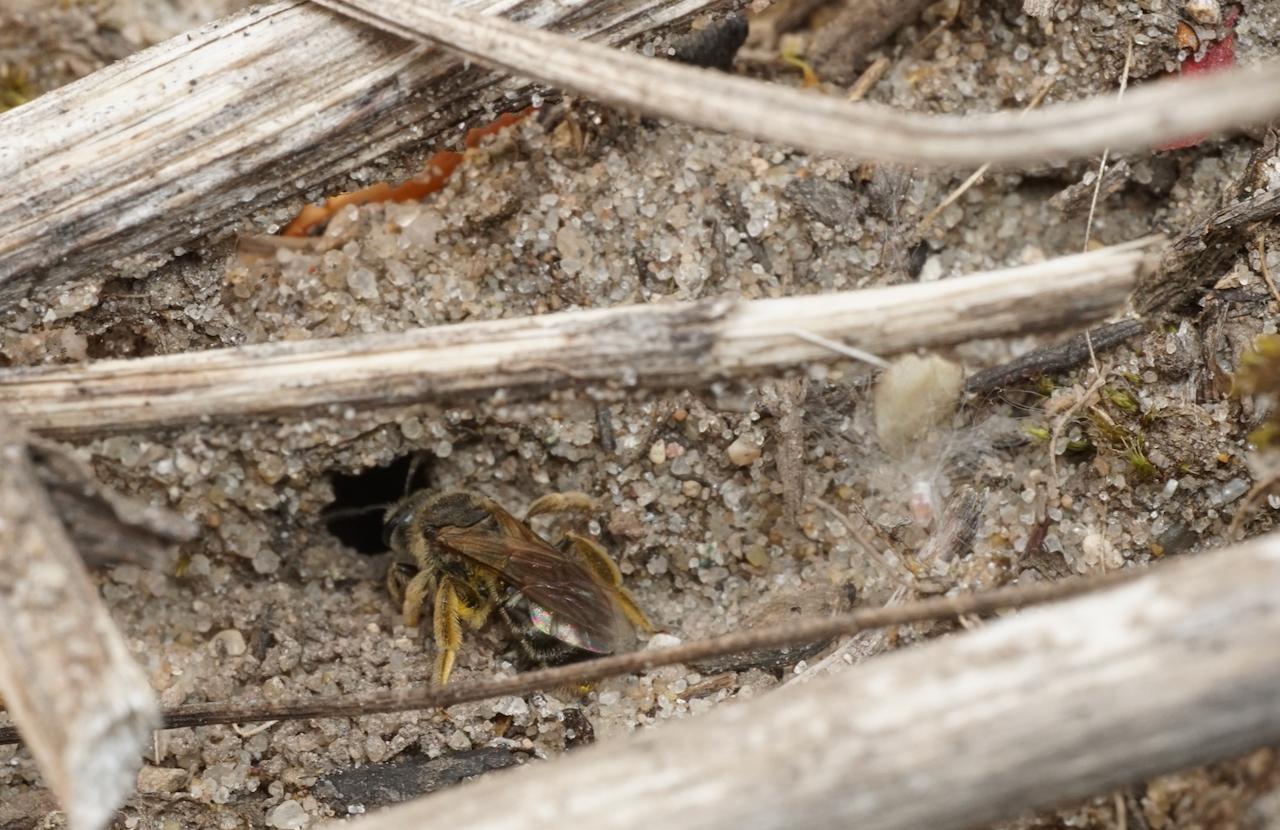
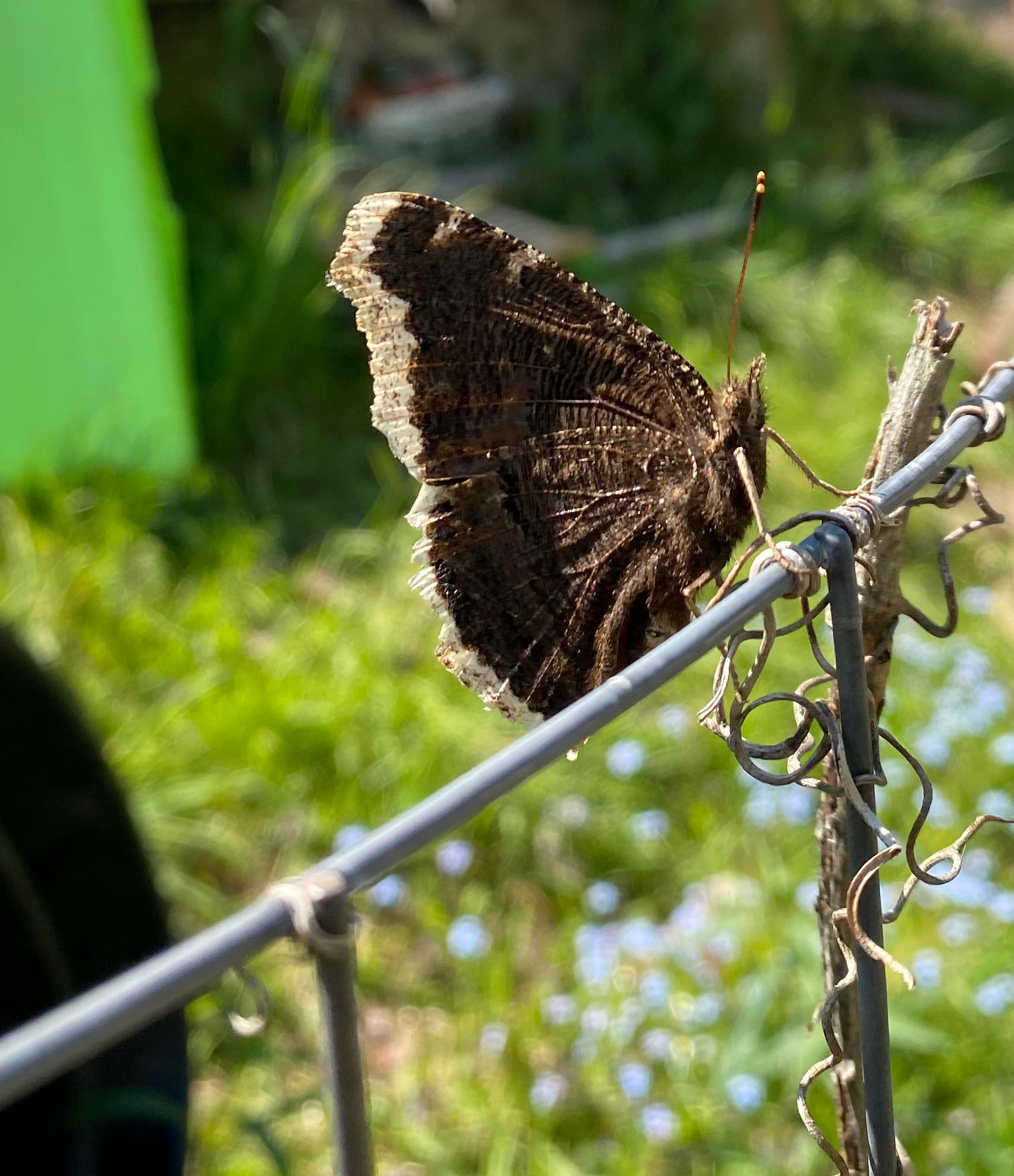
Adult
The first insects you will see active on warm days in late winter or early spring most likely spent the winter as adults. All it takes is temperatures at or above their activity threshold for them to become active. Adult insects that overwinter this way may have special adaptations to help them warm up their bodies for flight. This sometimes includes absorbing solar radiation or using heat generated from shivering their flight muscles. Miner bees (Andrena spp.), winter crane flies (Trichoceridae), some butterflies (e.g. red admiral, Compton tortoiseshell, mourning cloak) and bumble bee queens (Bombus spp.) all spend the winter as adults.
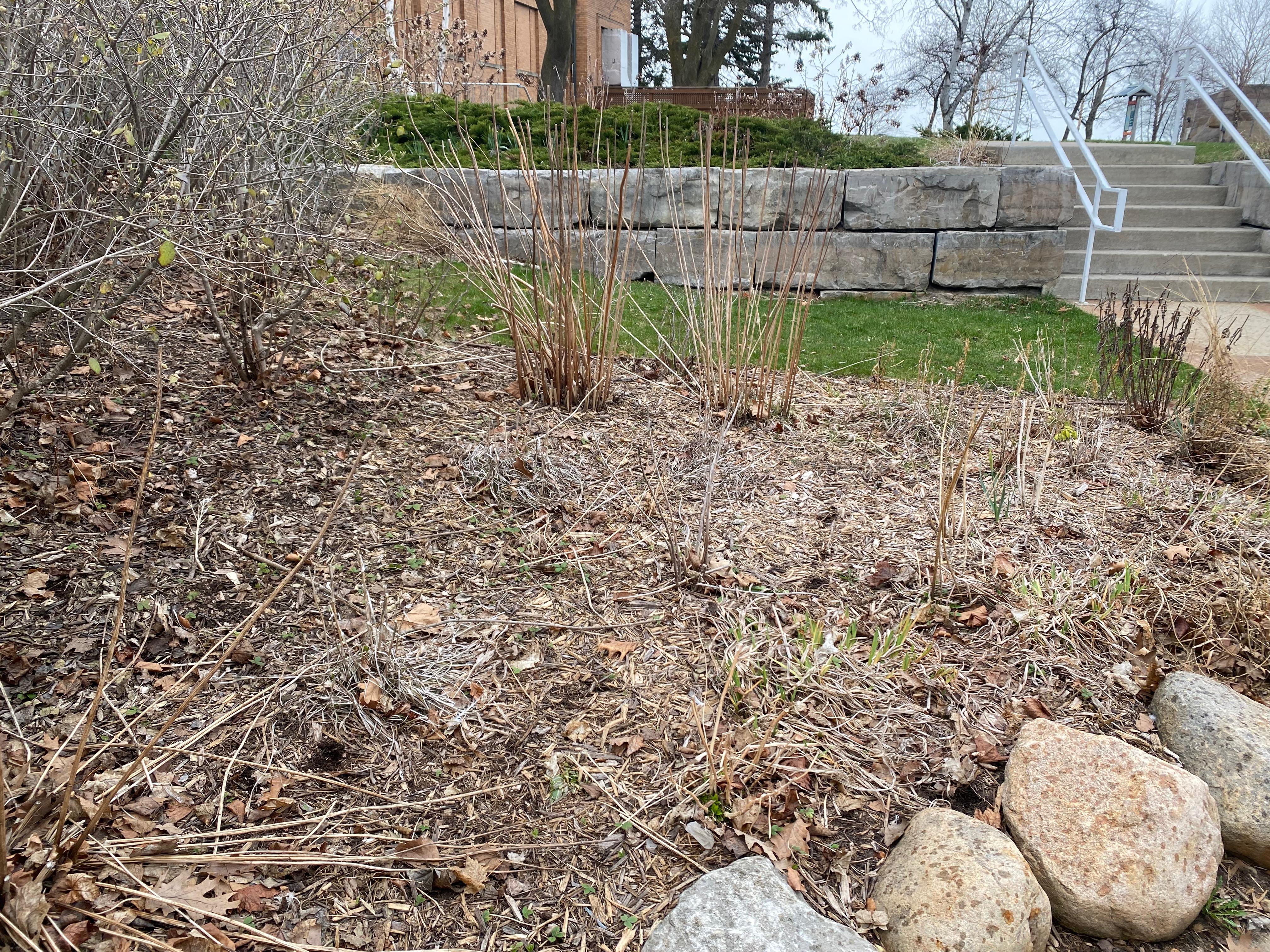
Insect overwintering locations
As the end of the growing season approaches, insects that survive Michigan winters must find a winter shelter. Many have overwintering behaviors that are triggered by environmental cues and help them find a site that meets their requirements. They may shelter in nooks and crannies under bark on the trunks of trees, under the siding of homes or even within the walls of human dwellings (unfortunately). Other common locations are in the leaf litter or mulch, on the soil surface or deep within the soil. In the spring, many of them will remain in these locations until conditions are right for them to move on to the next stage of their life cycle.
Leaf litter
Leaf litter is habitat for insects and other arthropods at any time of year. Fallen leaves form a protective layer that traps moisture and will keep overwintering insects happy and healthy through the fall and winter. Leaf litter is also a good place to hide from predators like birds and rodents. When you remove leaf litter in the springtime, use manual methods and work slowly to prevent damage to the beneficial insects living there. In the leaf litter in early spring, you may find overwintering insect pupae and adults.
Waiting to remove leaves until the predicted emergence of the adult life stage using GDDs (see earlier section on GDDs) can be a good strategy for protecting some of these insects. Please keep in mind that if you leave the leaves in place for too long, new insects are likely to move into the leaf litter and make summer homes there.
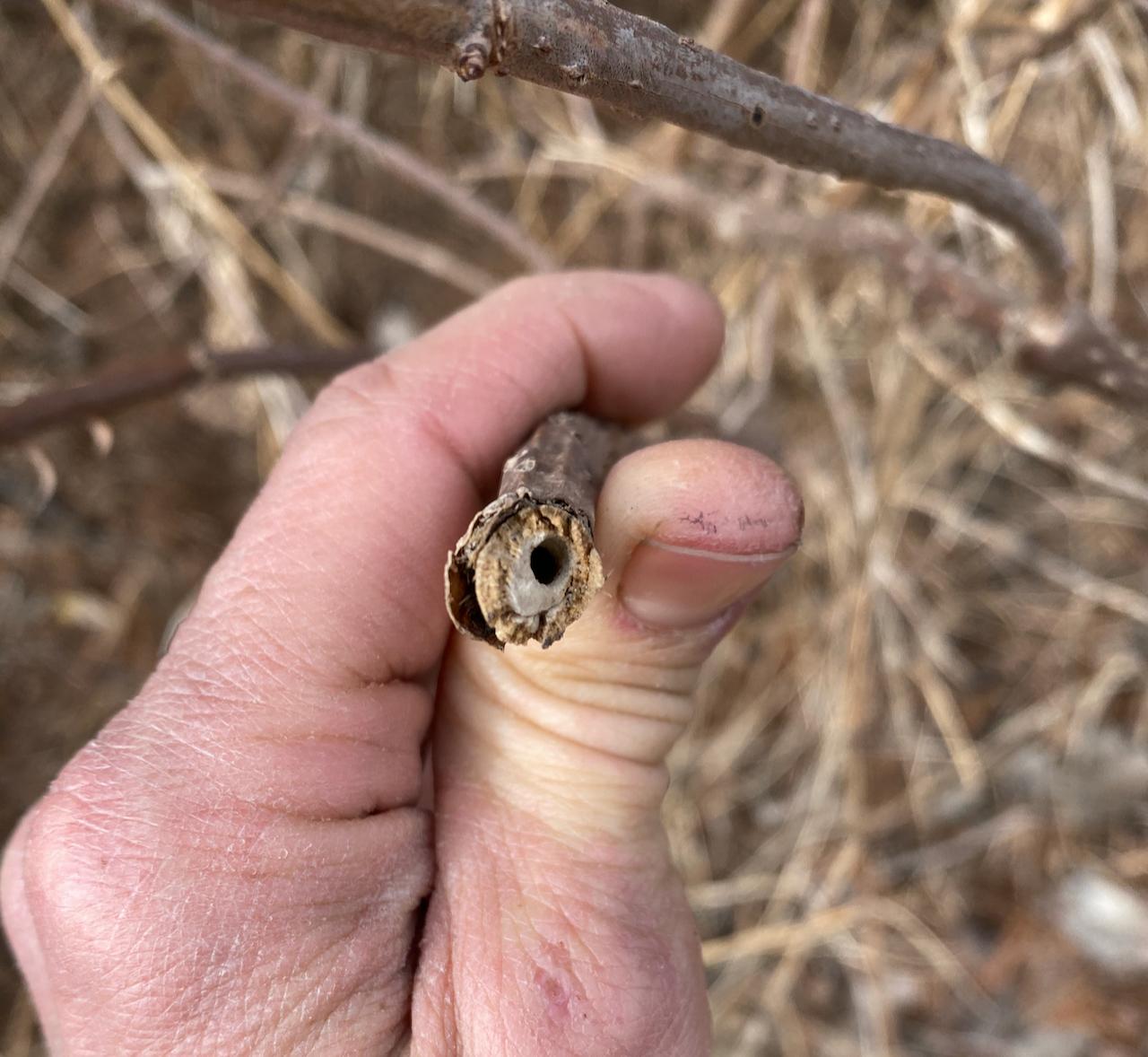
Woody debris
Woody debris can harbor insects within, especially if the stem or other plant material is soft or has a hollow or pithy center. In some cases, rather than doing the excavation themselves, insects will take advantage of cavities in woody material that were created by others. Woody debris will warm relatively rapidly when exposed to sunlight and warmer air temperatures. As the debris warms, life stages will progress and adult insects may emerge to begin their seasonal activities.
As with leaf litter, these stems will present a nesting or sheltering resource to insects at almost any time of year. As one life stage emerges, another life stage may begin to nest in the very same woody debris. This can make timing your activities that disturb or remove the debris challenging. One strategy is to schedule cleanup around the requirements of a single species of concern that you know is overwintering in your garden. Alternatively, you could choose to remove the debris during the dormant season (i.e., late winter) and place the cut stems in a location where the insects will be able to emerge naturally when the time is right.
Mulched areas
Mulch insulates the soil and retains moisture much like a natural layer of leaves. For this reason, mulched areas can be treated much the same way as areas that are covered in leaf litter (see earlier section on leaf litter). Soil nesting solitary bees will sometimes choose to nest in mulched areas, especially if the layer of mulch is not excessively thick or impenetrable.
If you are thinking of adding new mulch to your garden beds in the spring, watch the area on warm, sunny days to see if you notice bee nesting activity. Use thinner layers of mulch (1-2 inches) in areas where you see actively nesting bees.
Lawn
The soil below your lawn and the thatch layer that forms just above the soil is likely harboring overwintering bees, moths and other beneficial insects. Most lawn-care activities, like mowing and light raking, will not have a big impact on this overwintering stage in the spring. However, lawn care products that contain insecticide, fungicides or herbicides may impact overwintering and emerging pollinator life stages. Consider creating a bee-friendly lawn and adopting cultural pest management practices that will minimize the necessity for chemical pest management in your lawn areas. You can find more information about lawn care turfgrass pest management on the Michigan State University Extension Gardening in Michigan website.
Soil
The soil takes longer to warm up than aboveground locations because of the insulating effects of leaf litter, snow, vegetation and surrounding soil. Darker, fine-textured soils that are exposed to sunlight will warm quicker than lighter colored coarse or sandy soils. Working the soil, especially with deep tillage, can be a significant disturbance to belowground pollinator life stages. Soil-nesting bee species can nest anywhere from 2 to 18 inches below the soil’s surface. Shallow tillage will not affect the survival of deeper-nesting species as long as it is not taking place while they are actively nesting.
Getting to know the bee species’ life cycles and nesting depths will help you plan gardening activities that don’t harm them. Ground-nesting bees are pollinators that are often confused with yellowjacket wasps. If you are unsure whether you have bees or wasps nesting in your yard, this article from Michigan State University Extension can help you: Bee, wasp or hornet nest: Which one is it?
No simple answers
Pollinator conservation in residential yards and gardens is an active area of research and scientists are constantly learning more about the impacts that different lawn and garden maintenance practices have on pollinator species. Creating permanent habitat refuges within residential and urban landscapes can have a beneficial impact on pollinator populations. Setting aside portions of your yard where there is reduced or no disturbance from activities like mowing, pruning and leaf removal will be beneficial to pollinating insects like bees and butterflies (and other beneficial insects, too!). In areas where maintenance activities are carried out, consider the biology of some of these species and try to minimize disruptions to their life cycles.
Finally, don’t forget that one of the best things you can do for pollinators is to grow healthy flowering plants for them to use as a food source. You can find more information about pollinator protection from the Michigan Pollinator Initiative and the Gardening for Pollinators page.
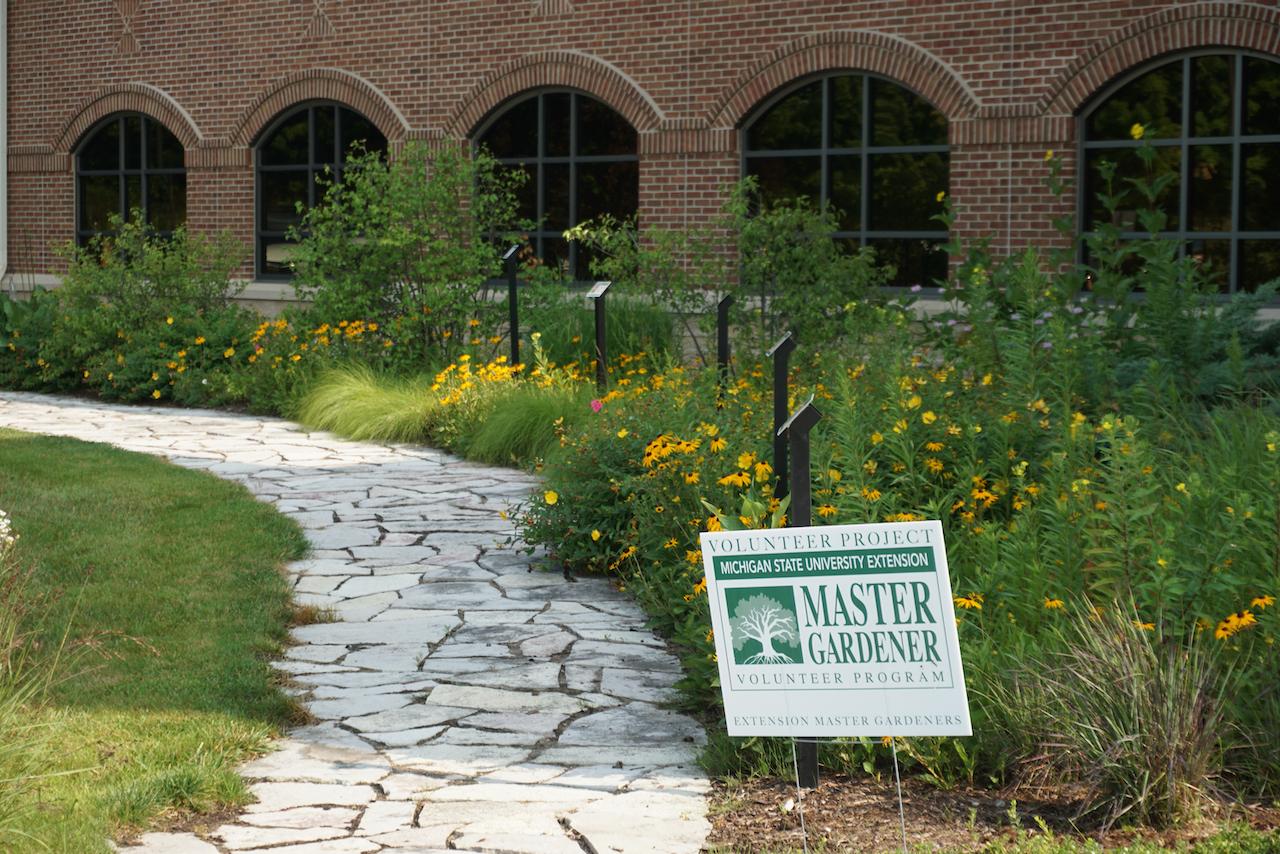



 Print
Print Email
Email




